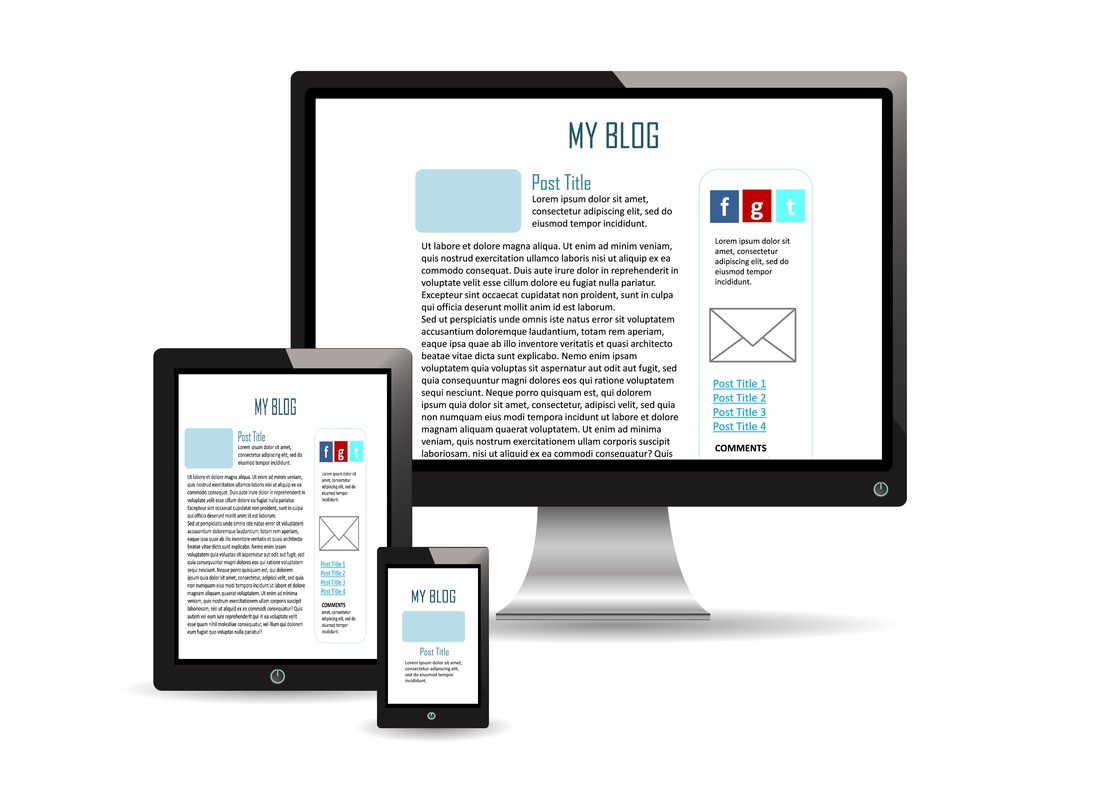Publish Students' Multimedia Work Online

Now that your students are creating multimedia work it needs to be shared. So often in classes the teacher, and sometimes their classmates, are the only audience for student work. I challenge you to think about sharing their work beyond your class and publish it openly online. If you have never done this before, you may think I am crazy to suggest this at an elementary school level but hear me out.
There are several reasons I think it is a good idea to have students publish their work online:
-creates an authentic audience for their work beyond just the teacher
-students can get feedback from their audience
-many students are posting things online outside of school hours already
-creates opportunity to teach digital citizenship skills in context
-builds a positive digital footprint for students
At the beginning of the school year it is important to explain to parents why and how you will be having their child share their work online. Explain how you will keep students safe and what they will be learning through the process of publishing online. I suggest not sharing student's full name or their name together with an image of them. At an elementary level, I also suggest moderating posts and comments. Using the publishing tools suggested in the next section, you can set your preferences so all posts and comments go through you, before they are posted publicly. It is important to have parents permission before you have students publish online. Students should also have a say in what they share online. If parents or students do not wish to publish certain things, it is important to respect their wishes.
There are several reasons I think it is a good idea to have students publish their work online:
-creates an authentic audience for their work beyond just the teacher
-students can get feedback from their audience
-many students are posting things online outside of school hours already
-creates opportunity to teach digital citizenship skills in context
-builds a positive digital footprint for students
At the beginning of the school year it is important to explain to parents why and how you will be having their child share their work online. Explain how you will keep students safe and what they will be learning through the process of publishing online. I suggest not sharing student's full name or their name together with an image of them. At an elementary level, I also suggest moderating posts and comments. Using the publishing tools suggested in the next section, you can set your preferences so all posts and comments go through you, before they are posted publicly. It is important to have parents permission before you have students publish online. Students should also have a say in what they share online. If parents or students do not wish to publish certain things, it is important to respect their wishes.
BlogsBlogs are the perfect platform for students to publish their multimedia work. My favourite blogging tools are Kidblog, Edublogs or Weebly. All have moderation features, which I think are important to have when you are teaching elementary. Kidblog is probably your best bet if you are just getting started blogging with students, as it is free and the interface is quite simple and easy to use. Kidblog is the only one that lets you automatically connect student blogs together with your teacher blog without an extra fee.
Using a blog allows students to build up a portfolio of their work and they can easily embed or link to any multimedia projects they have created. Through the comments section, people can leave feedback and ask questions about their work. As much as I would like to think my students take my feedback just as seriously than feedback from others, the truth is that this is just not true. It means more to them when others leave them feedback. Lessons on how to leave constructive feedback that would help someone in moving their work forward are a good idea too. This lesson on leaving feedback in an online space also leads to important conversations of digital citizenship. What they write will be seen by others. What message are they sharing about themselves by the comments they leave? |
|
|


